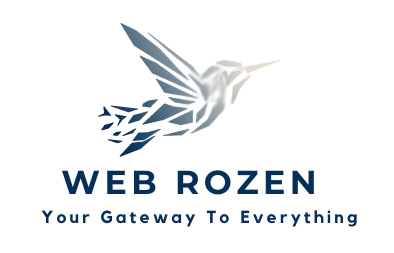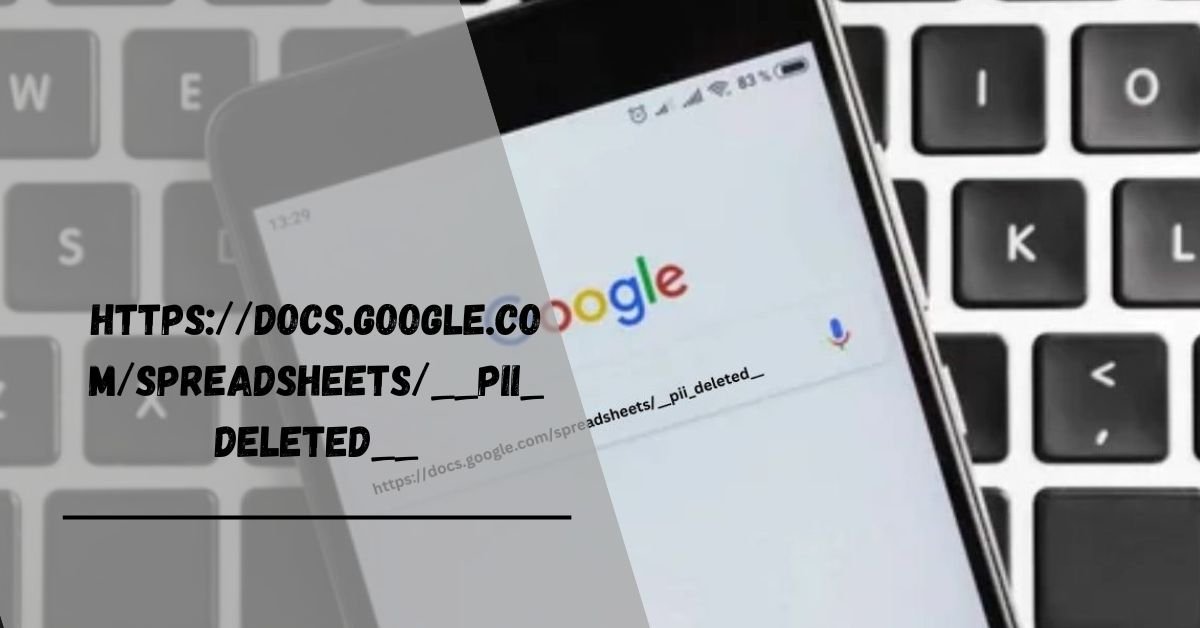Using manguonmienphi has been fantastic for me. I’ve discovered amazing free tools like online courses and design software that helped me a lot. Websites like Coursera and Canva let me learn new things and make great designs without spending money. These free resources have saved me money and opened up many new possibilities for me.
“Manguonmienphi” means “free sources” and refers to a variety of free tools, educational materials, and creative resources available online. These include free courses, software, stock images, and more. Using manguonmienphi can help you access valuable resources without spending money, making learning and creativity more accessible.
What is Manguonmienphi?
Manguonmienphi, translating to “free sources” or “free resources,” encompasses a wide range of tools and information available online at no cost. This term refers to resources that provide value without requiring any financial investment. These resources can include educational materials, creative software, stock media, research papers, and more, helping individuals access high-quality content and tools regardless of their budget.
Key Features of Manguonmienphi:
No Cost:
Manguonmienphi resources are available for free, allowing users to access them without any financial commitment. This is particularly useful for students, freelancers, and anyone seeking to minimize expenses.
Wide Range:
The resources span various categories including education, creativity, research, and media. This diversity ensures that users can find tools and information suited to different needs and interests.
Accessibility:
These resources are readily available online, meaning anyone with an internet connection can access them from anywhere in the world. This broad accessibility helps democratize information and tools.
Diverse Formats:
Manguonmienphi includes different types of resources such as online courses, graphic design software, stock photos and videos, academic articles, and more. This variety supports a range of uses from learning to creative projects.
Which Resources Does Manguonmienphi Offer?
Manguonmienphi offers a variety of resources designed to cater to different needs:
Educational Resources:
Free online courses and tutorials from platforms like Khan Academy, Coursera, and edX. These platforms provide lessons on a wide array of subjects, from mathematics and science to arts and humanities, often taught by experts from top institutions.
Creative Tools:
Software like GIMP for photo editing, Canva for graphic design, and Audacity for audio editing are available at no cost. These tools enable users to create professional-quality work without the high costs associated with paid software.
Stock Media:
Websites such as Unsplash, Pexels, and Pixabay offer free high-resolution images and videos. These can be used for various purposes, including marketing, content creation, and personal projects, with minimal restrictions.
Research Papers:
Platforms like Google Scholar and PubMed provide access to a vast collection of academic papers and research articles. These resources are invaluable for students, researchers, and anyone interested in accessing scholarly work.
What Free Resources Does Websites Offer?
Manguonmienphi provides a broad array of free resources across several categories:
Educational Platforms:
- Khan Academy: Offers free interactive courses and exercises in subjects like math, science, and economics, suitable for learners of all ages.
- Coursera: Provides access to free courses from top universities and institutions on topics ranging from programming to social sciences.
Creative Software:
- GIMP: A robust, free alternative to Adobe Photoshop, offering extensive features for photo editing and graphic design.
- Canva: A user-friendly design tool that allows users to create graphics, presentations, and social media posts with ease.
Stock Media:
- Unsplash: Features a large collection of high-resolution images that are free to use, even for commercial purposes.
- Pexels: Provides free stock photos and videos with a variety of subjects, available for personal and commercial use.
Academic Databases:
- Google Scholar: A search engine for scholarly articles across a wide range of disciplines, providing access to full-text papers where available.
- PubMed: A database of biomedical literature, offering free access to research articles, reviews, and clinical studies in the health and life sciences.
Benefits of Using Free Resources:
Cost Savings:
By accessing free tools and information, users can save money on educational materials, software, and media. This is especially beneficial for students, small businesses, and individuals with limited budgets.
Accessibility:
Free resources make high-quality tools and information available to everyone, regardless of financial status. This promotes equal opportunities for learning and creativity.
Support for Lifelong Learning:
Free educational resources enable individuals to continually acquire new skills and knowledge, supporting personal and professional development throughout their lives.
Creative Freedom:
Free creative tools allow users to experiment and innovate without financial constraints, leading to more creative and authentic work driven by passion rather than necessity.
How to Find and Use Free Resources?
Search Online:
Use search engines with specific keywords combined with terms like “free,” “open-source,” or “public domain” to locate resources. For example, searching “free graphic design tools” can yield a list of available options.
Check Popular Platforms:
Explore well-known websites and platforms that specialize in free resources. Websites like Coursera, Canva, and Unsplash are reliable sources for various needs.
Read Licensing Agreements:
Before using any free resource, review the licensing terms to understand how it can be used. Some resources may have restrictions on commercial use or require attribution.
How to Maximize the Use of Free Resources?
Combine Tools:
Use multiple free tools together to create a comprehensive solution. For example, combine GIMP for image editing with Canva for design projects.
Stay Updated:
Regularly check for new free resources and updates to existing tools. Subscribe to newsletters or follow blogs that focus on free resources.
Join Communities:
Participate in online forums or social media groups dedicated to sharing free resources. These communities often highlight valuable finds and offer recommendations.
What Are the Challenges of Free Resources?:
Quality Variations:
Free resources can vary in quality. Some might lack advanced features or have less polished interfaces compared to paid options.
Limited Support:
Free tools often come with minimal or no customer support. Users may need to rely on community forums or their own troubleshooting skills.
Legal Risks:
Misusing free resources, such as by not adhering to licensing terms or failing to attribute creators, can result in legal issues. Always review and comply with the terms of use.
How to Contribute to the Free Resource Community?
Create Your Own:
Develop and share your own free resources, such as tutorials, templates, or open-source software. This helps others in the community and supports the availability of free tools.
Participate in Open-Source Projects:
Contribute to open-source projects by coding, testing, or providing documentation. Your contributions can enhance the quality and functionality of free tools.
Give Feedback:
Provide constructive feedback to creators of free resources. This helps them improve their offerings and better meet the needs of users.
Frequently Asked Questions:
Can I use free resources for business projects?
Yes, you can use many free resources for business projects. Just make sure to check if there are any rules or conditions. Some free resources might need you to give credit to the creator or might not be allowed for business use. Always read the rules first.
Are there any extra costs with free resources?
Sometimes, free resources might have extra costs. For example, they might offer additional features you can pay for or might need you to buy extra support. Check if there are any hidden fees before you start using the resource.
How often are free resources updated?
Free resources are updated at different times depending on the provider. Some are updated regularly with new features or fixes, while others might not be updated as often. Look at the resource’s website for information on updates.
Can I share my own free resources with others?
Yes, you can share your own free resources. Many websites and platforms allow you to upload and share things like guides, templates, or tools. Just follow their rules for sharing to make sure your resources are shared properly.
How do I find free resources that fit my needs?
To find free resources that suit what you need, use specific search terms like “free design tools” or “free coding lessons.” You can also visit websites or forums that focus on your interests to find useful resources.
Also Read: Pöversätt – Future Technology Platform!
Conclusion:
Free resources, or “manguonmienphi,” offer amazing opportunities to learn, create, and grow without spending money. By knowing where to find and how to use these resources wisely, you can save money, gain new skills, and unlock your creativity. Embrace the world of free tools and information to make the most of your personal and professional journey.





